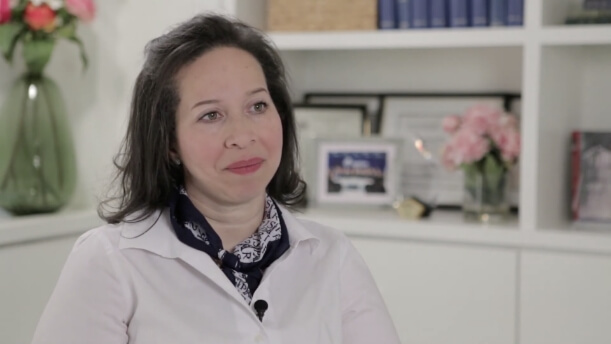
Breast Reconstruction: Clearing Up Common Misconceptions
The American Cancer Society estimates that more than 268,000 new cases of breast cancer will be diagnosed in 2018. But although the rates of breast reconstruction continue to increase, a 2014 study found that less than 40% of women who undergo mastectomy elect to undergo immediate reconstruction. (http://bit.ly/1yHmckj Journal of the American College of Surgeons, December 6, 2014.) Many women feel that breast reconstruction improves their quality of life. And while there are geographical and socioeconomic disparities that prevent all women from having equal access to care, there is also a lack of information that enables outdated misconceptions to persist. In order to deliver the best possible care, we must put these myths to rest and provide comprehensive information that helps each woman make the decision that is best for her.
Clearing Up Myths and Misconceptions
Myth #1: Breast reconstruction increases the risk of the cancer recurring or makes a recurrence harder to detect
The risk of breast cancer recurrence depends on many factors including the stage of the disease and the biological characteristics of the cancer. Your doctor will take into account your level of risk in recommending the best option for reconstruction but numerous studies over many years have found no evidence that reconstruction increases the risk of recurrence or makes a recurrence harder to detect or treat.
Myth #2: I’ll have to wait months after the mastectomy and have another surgery for reconstruction
Many women can have immediate reconstruction – at the same time as the mastectomy. In fact, this yields the best aesthetic results since it enables the surgeon to preserve the skin – including the nipple and areola – and can minimize scarring. It can also reduce the need for additional surgeries.
Myth #3: Implants will be uncomfortable and look unnatural
Breast implants have come a long way since silicone implants were developed in the 1960s. New materials and new techniques have made them more aesthetically pleasing and more comfortable. Implants are not the only – or best – option for breast reconstruction, however. Autologous reconstruction that uses your own tissue – usually taken from the abdomen – produces a breast that is soft, warm, and natural. In combination with skin- and nipple-sparing mastectomy techniques, the best reconstructed breast today may be difficult to distinguish from a woman’s original breast.
Myth #4: I can’t have reconstruction if I’ve had or will need radiation or chemotherapy.
Having had or needing radiation and/or chemotherapy are considerations in determining the timing and type of reconstruction that will be best but they do not rule it out. In particular, for women who will need radiation after mastectomy, autologous reconstruction will be the preferred option.
Myth #5: Breast reconstruction is too expensive.
In 1998, Congress passed the Women’s Health and Cancer Rights Act (WHCRA), a federal law that requires group health plans and individual health policies that cover mastectomy to also cover breast reconstruction. Among the benefits are coverage for all stages of reconstruction of the breast on which the mastectomy was performed as well as surgery and reconstruction of the other breast to achieve symmetry and balance. The WHCRA provides a crucial baseline benefit in helping women recover from breast cancer and enables them to focus on getting well without undue anxiety about the costs of breast reconstruction.
In the midst of the emotional turmoil that follows a diagnosis of breast cancer, a woman is faced with crucial decisions about treatment and how to manage her life going forward. It’s important for her physical and emotional recovery that she have comprehensive, accurate information about the options available to her. Myths and misconceptions about reconstruction must be dispelled if she is to make informed decisions about her future.


